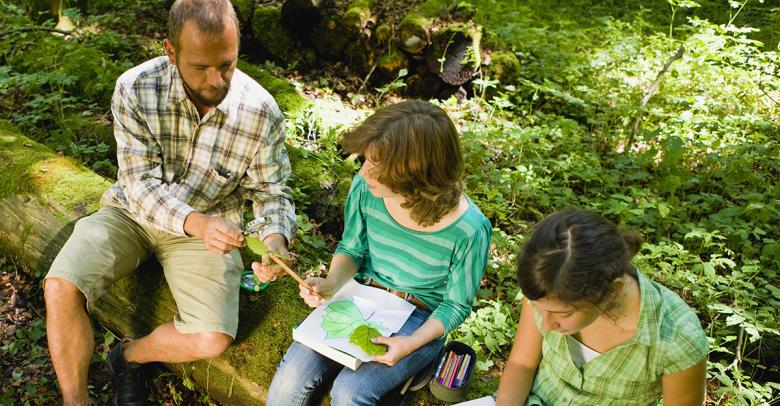Teaching in the fall is exciting! Students are refreshed and engaged, and the view is often breathtaking. Creating lesson plans that play off of the current season—its sights, smells, and rich history—can help students remember unique facts about diverse cultures and countries. The challenge to creating season-specific lesson plans is that autumn or fall doesn’t mean the same thing everywhere in the world. It doesn’t even mean the same thing everywhere in the United States.
How can you incorporate the beauty of fall into your geography lesson plans? Consider exploring how other cultures celebrate the Fall season with these great activities!
1. Plan a mock vacation to another country
During the fall months, use a stand-up easel to list items students should pack to match the local weather and culture. Provide them with markers and cardstock and have them create their own passports. Develop an itinerary that includes involvement in local cultural activities. What can students expect at each activity? How would they dress? What would they eat?
2. Celebrate in the classroom
Consider using your geography hour for a lesson plan that replicates the Chinese Mid-Autumn Festival, Korea’s Chuseok festival, or the fall harvest festival of the Chumash people of Southern California to honor Hutash, the earth mother. Include foods that characterize each of these celebrations and take the opportunity to teach students what each culture is celebrating and why. Mark off countries you’ve celebrated on a world map in the classroom.
3. Consider what harvest means around the world
Assign students a geographical area, whether it’s a continent, country, or state. Have them create one poster for each food that is grown and harvested there. Once all the posters are complete, initiate a conversation regarding how our diets would be different if we weren’t able to receive goods from one of those places. Which foods would we go without? Have the group create a recipe using the foods on the posters and send a copy home to try with their families.
4. Learn about children around the world
Demonstrate to students that responsibilities and privileges vary significantly from culture to culture. Some children in your class, for example, may help with crop harvests or complete farm chores in the morning, while others may have different household obligations. Your students may be surprised to learn how children in other cultures participate in the harvest.
Allow students to choose any part of the world they would like, and have them research that area of the world and write a report on the privileges and responsibilities of children in that culture. Using index cards, students can present their findings to the class and facilitate discussion.
These engaging geography lesson plans will create a lasting impression on students of all ages while still celebrating and learning about fall around the world!






Leave a Reply